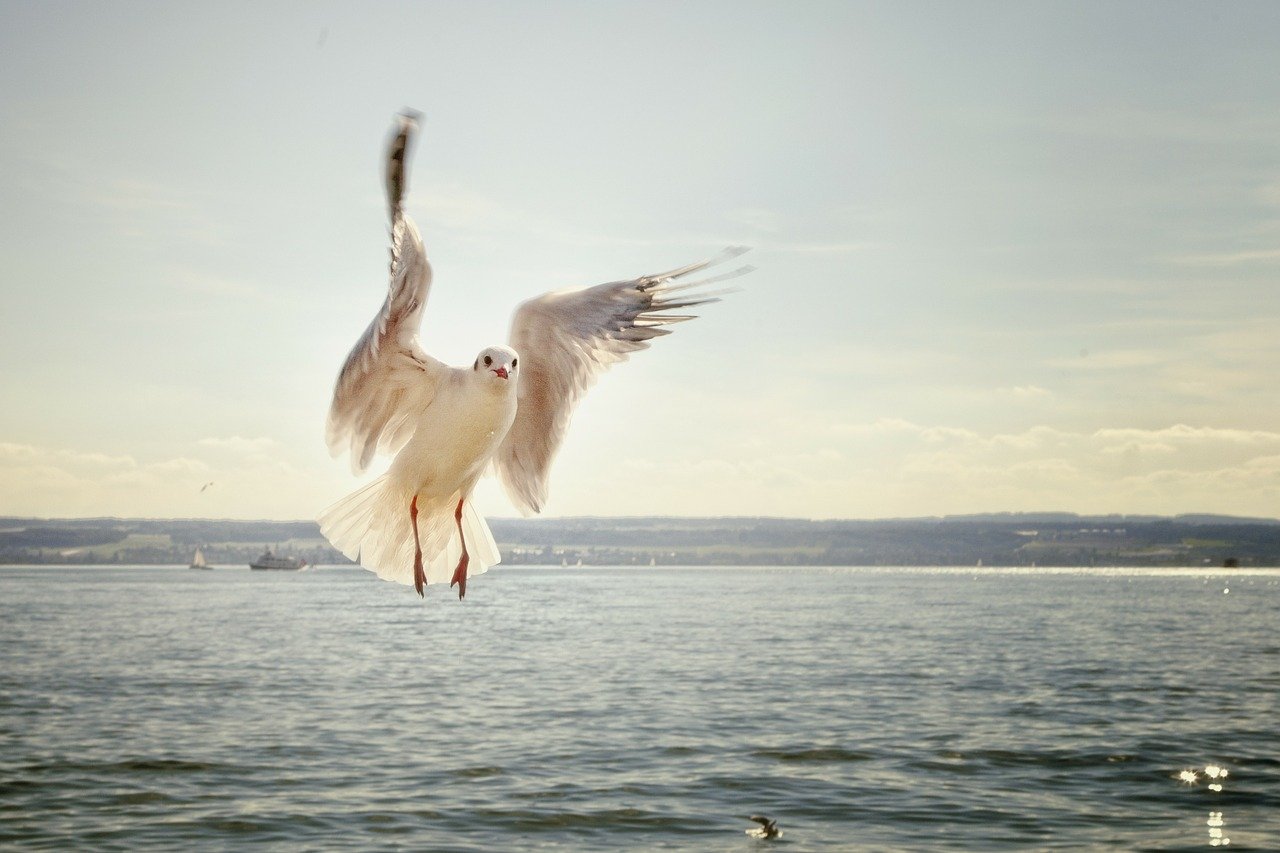The Birds – A Tale from Long Ago and Far Away
Once upon a time I was doing research as a physicist on the military applications of lasers and electro-optic systems. As a consequence of world events the military became wary of having their anti-aircraft radar systems attacked by anti-radar missiles. Better they thought to look at methods of detecting aircraft by passive means to avoid emitting radar signals that could be detected and attacked. As a result we built an infra-red system that scanned the sky through 360 degrees and detected aircraft by their heat signatures. It was all very high tech and clever. It determined the direction and elevation to a detected aircraft with great precision but it did have a drawback; it didn’t determine the target’s range. That was where my group came in. All we had to do was to integrate a laser rangefinder into the infra-red surveillance system.
To design and integrate a laser rangefinder for aircraft we had first to work out the mathematics of how a laser rangefinder works. This calculation involves the power of the laser, sensitivity of the laser detector, transmission of the atmosphere, and the reflectivity of the aircraft to lasers. We could determine all the other factors but we had no idea how much laser light would be reflected off an aircraft; so we had to find out.
In the radar world the reflectivity of a target object to radar illumination is called the Radar Cross Section or RCS. The RCS of objects have been closely studied since radar got invented, particularly how the RCS changes with target structure, materials and orientation. This is an essential study when developing stealthy platforms or when estimating the operational performance of weapon systems. In the case of the equivalent RCS for laser illuminations, at that time nothing was known.
We set about determining the laser RCS of military aircraft and missiles by shining lasers at them when parked on the ground or flying controlled flight patterns in front of our equipment. We were particularly interested in how the reflectance changed as the orientation of the aircraft changed. We gave pilots all the fuel they could burn to fly aerobatic patterns in our test area.
After making some of the first measurements of the laser RCS of aircraft we moved on to design our laser rangefinder system. It was at this point that the folks developing the surveillance system came to us with a problem; could we tell the difference between an aircraft a long way away and a large bird a few hundred feet away. It turns out that the infra-red signal from each of these cases is indistinguishable and as a result a closely flying bird looks very much like a distant aircraft until it lands in a tree. We set out to measure the laser RCS of large birds.
Since birds were not as cooperative as aircraft we had to encourage them to position themselves in front of our lasers. We tried putting bird seed on a fence post trying to illuminate the birds as the landed to peck at the seed. It didn’t work because it seems that the birds objected to being whacked by laser pulses which they seemed to detect a lot easier than us humans in similar circumstances.
We tried lots of variations of the bird seed solution without getting any cooperation from the birds. It was obvious that we needed to force the birds to cooperate so we had to shoot a few of them to get their cooperation. We tried to mount the bird on top of a pole, but being dead it just flopped and didn’t look very bird-like. So we cut up a wire coat hanger and made the birds fly right with the application of wire and duct tape. But we were still not happy. It seemed that the pole that we taped the bird to was generating as much of a return as the bird. There was only one solution left, we had to get the birds to be free flying or as close as we could.
We constructed an arrangement using a large helium balloon, fishing line and a tether and a suitably wired and taped bird. One of our junior engineers was sent out with the balloon borne flying bird and we got down to measuring the bird’s laser RCS. As I was staring through the alignment scope I started to notice that I was having a harder and harder time tracking the bird. It seemed to be rising quickly into the air. I looked around the scope and noticed our young engineer running across the airfield while gesticulating up into the air. He had let go of the tether and the balloon, with bird attached, was rapidly rising into the air and disappearing downwind and a prodigious rate. This was very annoying. WE had to prepare another balloon and bird and recover our engineer to try again.
I have often wondered who found our balloon after in lost its helium and came down to earth, I wonder what they made of the bird with the wire braced wings and duct taped head. Maybe they thought that the birds were evolving a new method of flight. I’m glad to say that my phone never rang with an irate non-combatant complaining about strange experiments in places long ago and far away.



